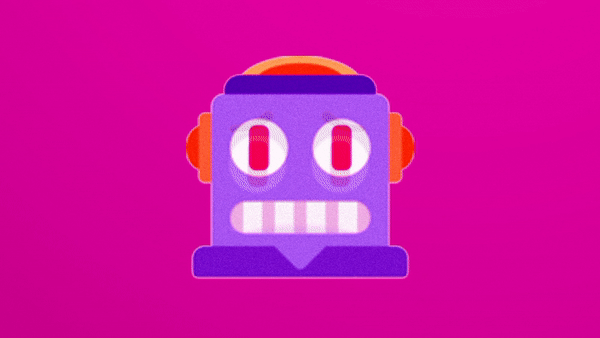Chatbots were all the rage last year, but 2017 didn’t become the automated paradise marketers may have imagined. Despite a mad dash to embrace the new technology, marketers and consumers alike have been slow to adopt chatbots as a go-to source of engagement. Now, many brands are backing off, or at the very least, don’t know where to begin.
In a recent study conducted by LiveWorld, 60 percent of marketers said they hadn’t used chatbots to interact with customers. When asked why they didn’t use the technology more frequently, 58 percent said it simply wasn’t enough of a priority and 43 percent said they lacked a strategy. Just 40 percent expect their chatbot usage to increase.
“Trying to do too much too soon risks creating confusing and inauthentic interactions with customers,” Matt Valle, senior vice president of consumer products and services at Magid, told AListDaily. “More complex give-and-take interactions will take much longer to develop and will require human intervention for the foreseeable future, negating much of the promised benefit.”
For hospitality brand Marriott, chatbots are still an important part of their engagement strategy and have been for some time. Toni Stoeckl, global brand leader and vice president of Marriott’s Distinctive Select portfolio, told AListDaily that the brand found success through trial and error.
“We sort of have to [give ourselves] permission to try new things. It’s okay to have it not work out and move on to the next thing,” said Stoeckl. “The fun part of emerging technology is that it’s always emerging and always changing. What may have been perceived as the value of chatbots in the past and what they would be used for has evolved. That’s why we do a lot of fast testing and proof of concepts to learn how it could actually impact marketing or provide value to our guests and travelers.”
Marriott’s Distinctive Select brands include Moxy, Aloft and AC hotel chains, which are catered to the younger, more tech-savvy traveler. Stoeckl said that Aloft is often used as an incubator for new tech, including keyless entry and a robot that delivers items to guest rooms.
The brand just rolled out ChatBotlr (pronounced “chat butler”) to all of its Aloft hotels. The chatbot allows guests to ask questions, request services, connect with the front desk or listen to an Aloft Live playlist on Spotify—all through their smartphones. Early research showed that two-out-of-three Aloft guests interact with and make requests through ChatBotlr.
As with any new technology, marketers may gradually adopt chatbots when trailblazers work out the kinks. Forrester predicts that in 2018, 20 percent of companies will use artificial intelligence to make business decisions while offering customer service and sales support through automated communications. While it’s true some marketers are hesitant to invest in chatbots, some of the world’s biggest brands are diving right in.
Capital One launched “Eno” earlier this year—a text-based AI assistant infused with a witty, human-like personality. In addition to providing information like credit balances and assisting with bill payments, users could ask Eno about itself and communicate with emoji. Toyota became the first brand bot for Messenger to debut a Super Bowl ad this year. The car company used NiroBot as a Q&A tool to have consumers familiarized with its newest crossover model, the Niro Hybrid. Sephora has seen an 11 percent increase in booking rates through the Sephora Reservation Assistant, according to David Marcus, Facebook’s vice president of messaging products. During the company’s F8 conference, Marcus indicated that over 100,000 chatbots were in use through Facebook Messenger.
A new study by 3Cinteractive found that 40 percent of millennials interact with a bot on a daily basis. However, 71 percent of survey respondents said a chatbot couldn’t answer a question or help them.
Stoeckl said a chatbot’s worth can be measured by the value of its answers. ChatBotlr is pre-loaded with information about the hotel, the surrounding area and frequently asked questions, then uses machine learning to expand its knowledge with each interaction. For brands hesitant to enter the chatbot arena, Stoeckl said that’s okay.
“Don’t do it for the sake of technology,” he said. “Do it if it makes sense for a particular use case, and if it actually services your consumers, then totally go for it. If it’s a gimmick or if you haven’t found that use case yet, then it’s okay not to do it.”

